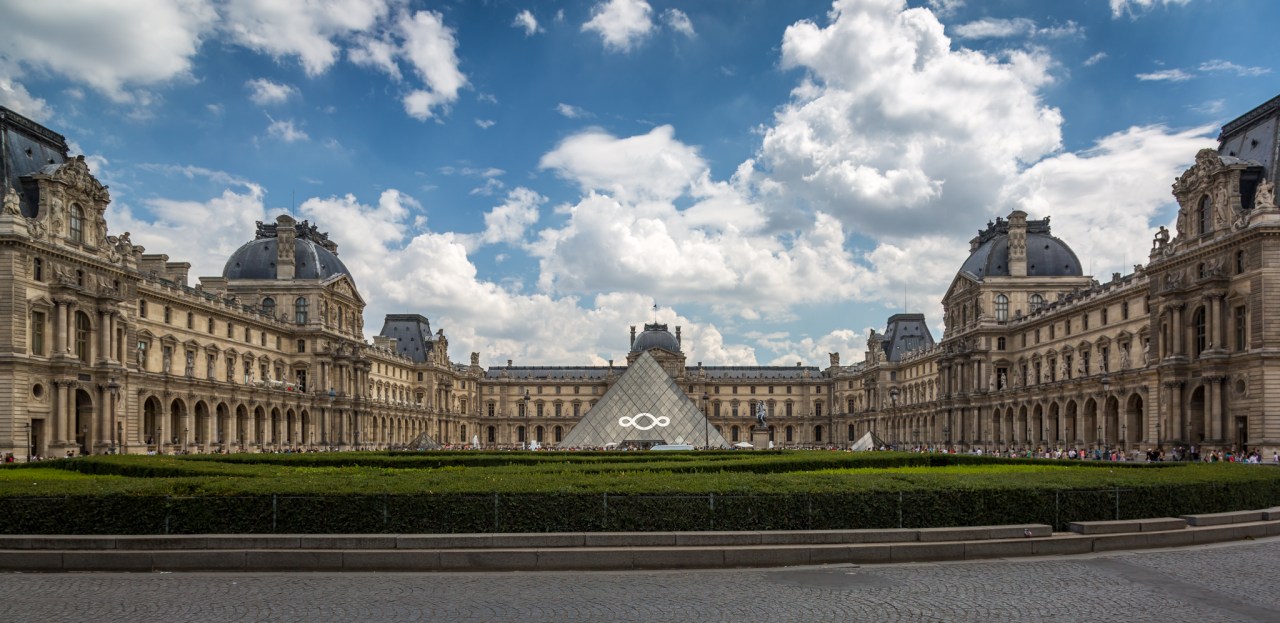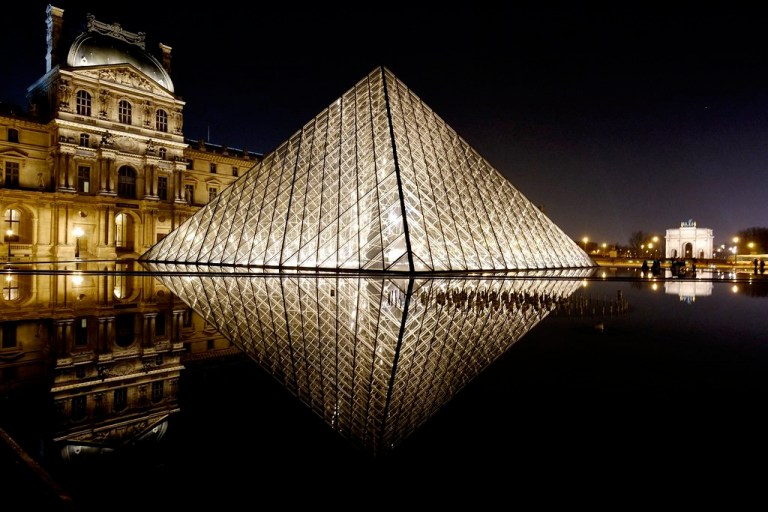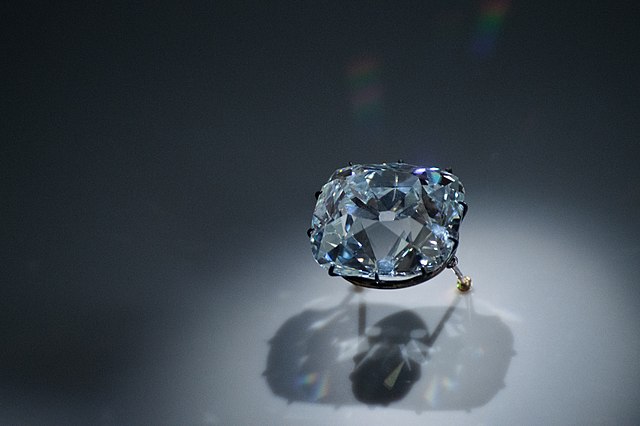
Inside The Weekend Heist At The Louvre Where Thieves Stole Priceless French Crown Jewels In Just Seven Minutes
By Erin Whitten
People in Paris on Monday woke up to find police cordons around the Louvre as the iconic glass pyramid was closed to the public after a brazen daylight robbery. The museum, shocked by the theft on Sunday, has announced it will be closed all day Monday while police scour the scene for evidence after a quiet autumn weekend in the French capital city turned into a global case study on cultural security as jewels of “inestimable value” were lifted from their display cases, jewels once worn by the wives and empresses of Napoleon.
The heist took place around 9:30 a.m. Sunday, Oct. 19 where an elite team of four masked suspects used a mechanized furniture lift to enter a first-floor window in the Galerie d’Apollon, where France’s crown jewels are housed. Passing through the museum the group of four, disguised as workers, smashed open display cases using small chainsaws, disc cutters, and grinders. Minutes later, they were seen on two Yamaha TMax motorbikes careening into city traffic, then onto the highway. The entire operation was over in just seven minutes but has laid bare gaping flaws in the museum’s security.
Items stolen from the museum include a sapphire tiara, necklace, and earring set worn by Queen Marie-Amélie and Queen Hortense, an emerald and diamond set once belonging to Empress Marie-Louise, Napoleon Bonaparte’s second wife, and jewels owned by Empress Eugénie, Napoleon III’s wife, including a large brooch and reliquary brooch. One of the stolen items, a gold and emerald crown from Eugénie’s collection, was dropped by the thieves outside the museum during the escape. It was recovered, damaged, by police shortly afterward.
The Louvre’s alarms did go off in the building’s main control room, but not in the gallery where the crime took place. Five staff members were present during the heist and immediately evacuated visitors and alerted authorities with no injuries that were reported. French Justice Minister Gérald Darmanin said on Monday that the system “failed,” pointing to the fact that the robbers were able to deliver heavy machinery to the center of Paris in the middle of the day. Culture Minister Rachida Dati called the crime “a professional, precise operation,” adding that France has long downplayed the risk to cultural assets.
Attention now turns to the site’s security and staffing, which for years have been a source of contention and complaints from workers who cite overcrowding and a lack of guards. The museum limited visitors to 30,000 per day last year but says there are too few staff in the gallery wings. Experts note the recovery of the jewels may be far more difficult than the hunt for the thieves. Art crime specialist Julian Ratcliffe told the Washington Post they could be recut and the gold melted down to obscure their origins. “You can melt gold at home,” he said, pointing to the sharp rise in gold prices as one factor turning museums into targets. Alexandre Giquello, president of Drouot auction house, estimated the crown alone was worth tens of millions of euros. He also emphasized that “the jewels are completely unsellable.”
The museum remains closed for the day, its normally bustling halls eerily silent. Employees are still in shock at what happened, and they are barred from accessing the gallery, too, to prevent the destruction of evidence. A symbol of France’s imperial might is now an international symbol of cultural vulnerability. Police continue to hunt the four suspects. As Paris returns to gray on this Monday morning, a larger question looms…how could one of the most protected buildings in the world have been so easily penetrated, in broad daylight, and at the heart of France?











